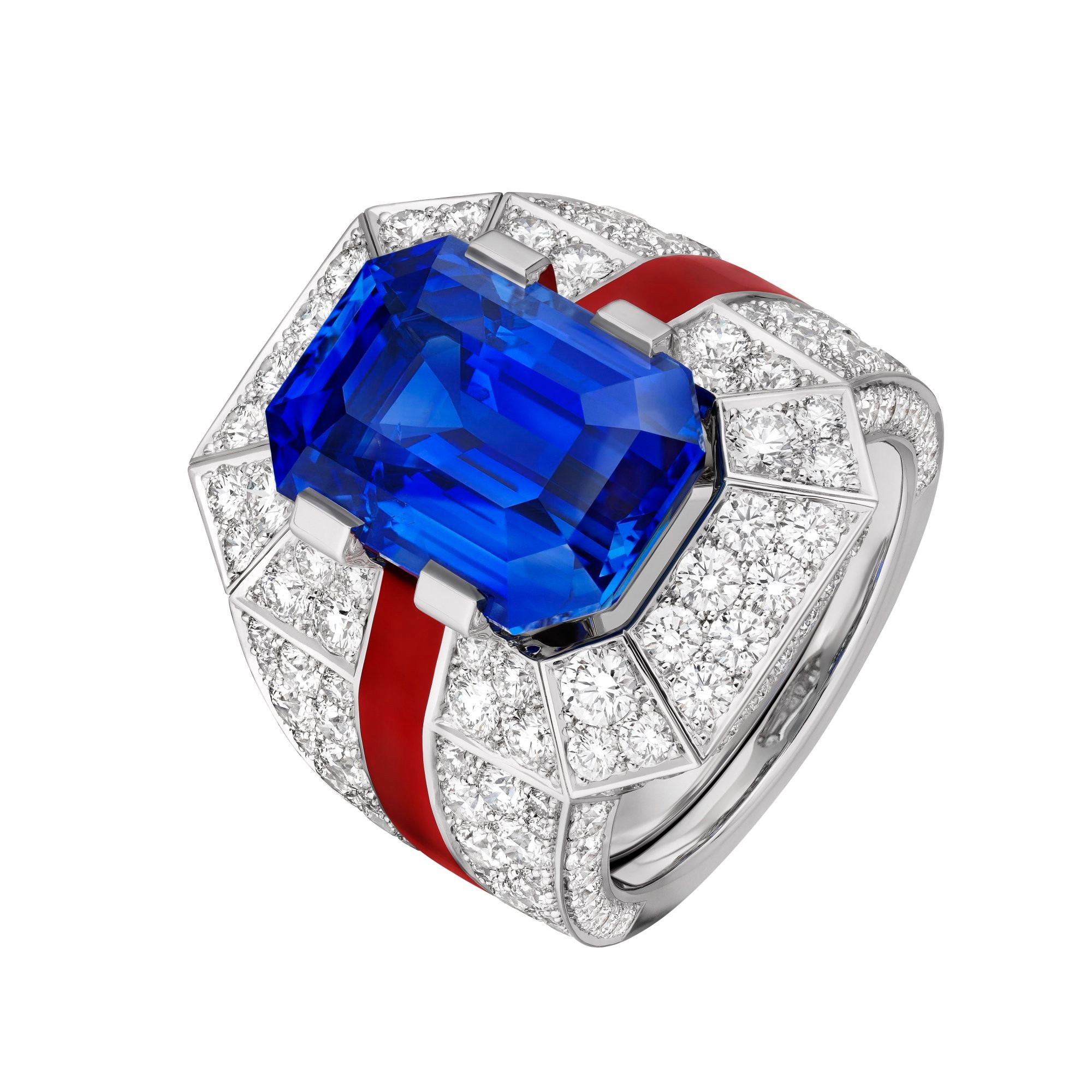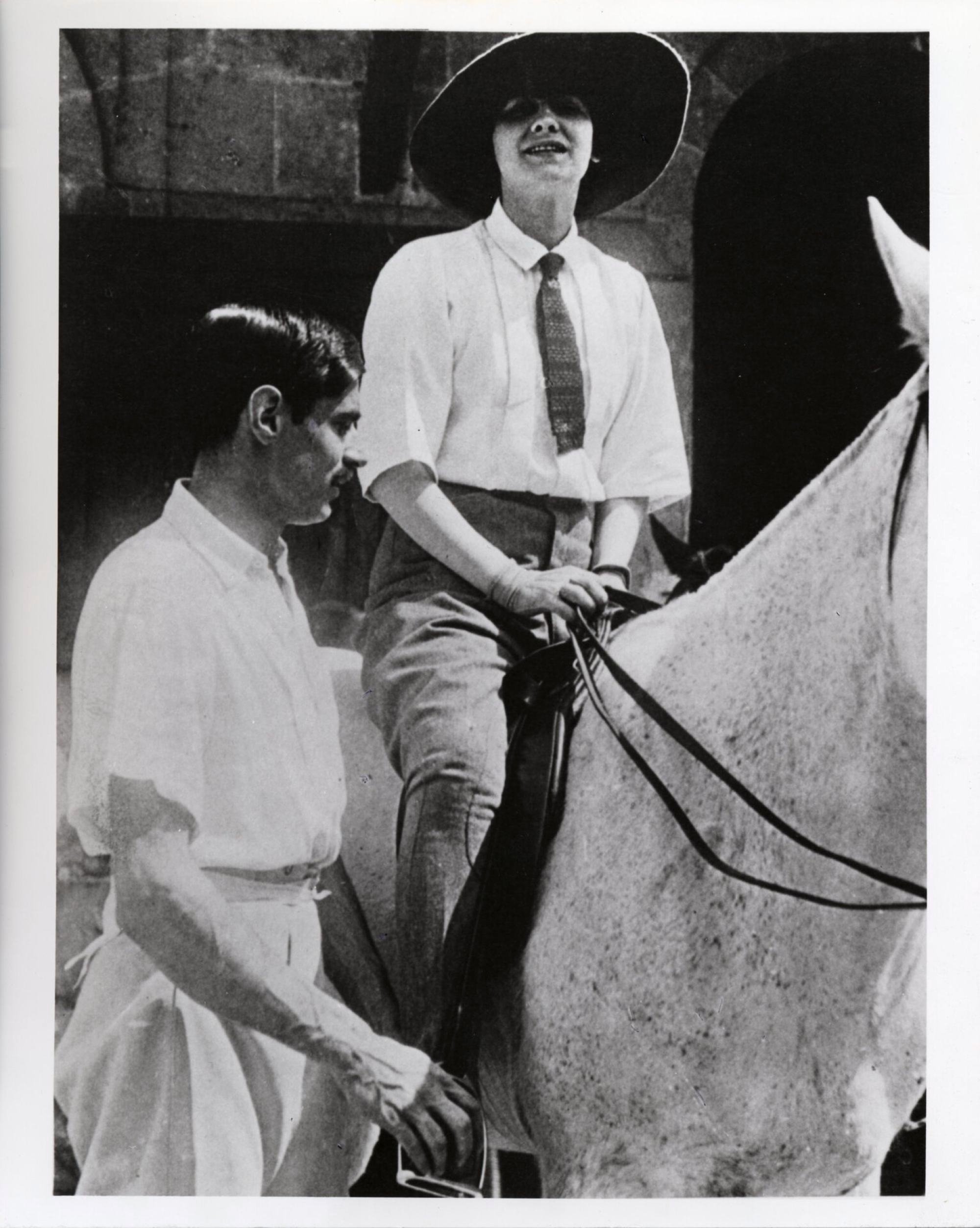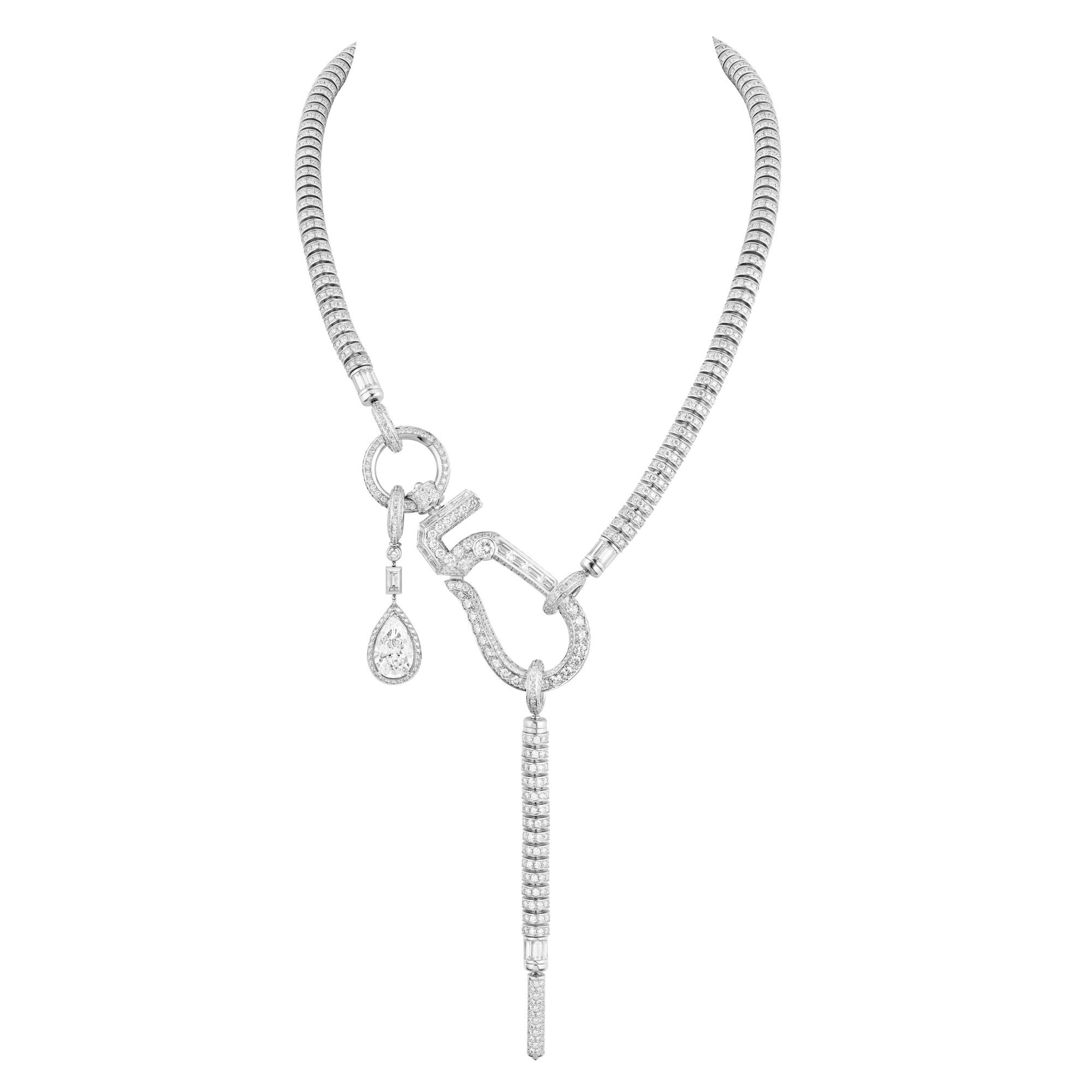Chanel’s Haute Joaillerie Sport: how the bold and sharp colours in the new high jewellery collection reflect movement, speed and energy – and the storied brand’s design ethos


The field of high jewellery rarely defies convention and tends to prize tradition at the expense of innovation. Thus, translating a dynamic concept such as sport into one-of-a-kind jewels made with the rarest of stones was an exciting challenge for the Chanel ateliers.

“Bold, unexpected, different and modern” – this is how Marianne Etchebarne, global head of watches and fine jewellery product marketing, clients and communication at Chanel, describes the range. “High jewellery and sports is an oxymoron. You don’t wear a high jewellery necklace to go jogging,” said Etchebarne in an interview in Monaco.

Divided into seven chapters – Graphic Line, Chanel Print, Quilted Icons, Sporty 5, Gold Slider, Sweater Sport and Collector Sport – the collection also stands out for the rarity of the stones sourced by the Chanel’s jewellery team – most notably a set of five Kashmir sapphires – and the use of unconventional materials such as aluminium and carbon fibre.
“The materials are very innovative and the colours are also very assertive: blue, red, yellow; no pastels or harmonious shades but very bold and sharp colours to [convey] this notion of movement, speed, energy,” says Etchebarne. She adds that the high jewellery studio helmed by Patrice Leguéreau has the freedom to come up with out-of-the-box ideas because, unlike storied jewellers, Chanel doesn’t have hundreds of years of jewellery collections to draw upon. “Our patrimony is just Chanel herself, so it’s very abstract,” she says.


Other nods to the functionality of sportswear include a diamond necklace featuring a number five-shaped carabiner that can be snapped open; buckles, loops and rope motifs; tubular chains that recall the strings of hoodies; and jewels in which closures and connection systems are not hidden but visibly exposed, taking centre stage and thus becoming a key element of the design.
This bold collection is likely to draw a lot of attention from the traditional Place Vendôme jewellery houses, who are trying to appeal to a new generation of high jewellery collectors while also celebrating their storied legacies.

“We needed time to build the foundations,” says Etchebarne. “We have made a lot of progress over the years by acquiring top talent for the ateliers.” She says that while Chanel never compromises when it comes to excellence in stones and technical prowess, design and creativity always come first.
“This is our big point of difference: the design,” she says. “It’s a different approach from Place Vendôme. You don’t come to us for a classic high jewellery piece – people don’t want that from Chanel high jewellery.”

- The range is a vibrant and free-spirited homage to the ‘body awareness’ and ‘freedom of movement’ in Coco Chanel’s sporty creations – the founder had established an atelier devoted to sport clothing
- The 80-piece collection was unveiled in Monaco at a gala attended by Keira Knightley and other stars; Chanel’s Marianne Etchebarne tells Style why the oxymoronic set reflects the brand’s creativity